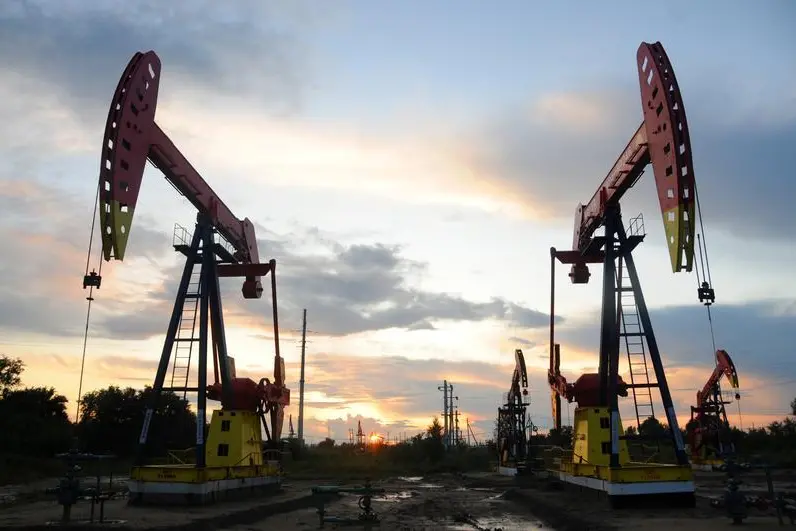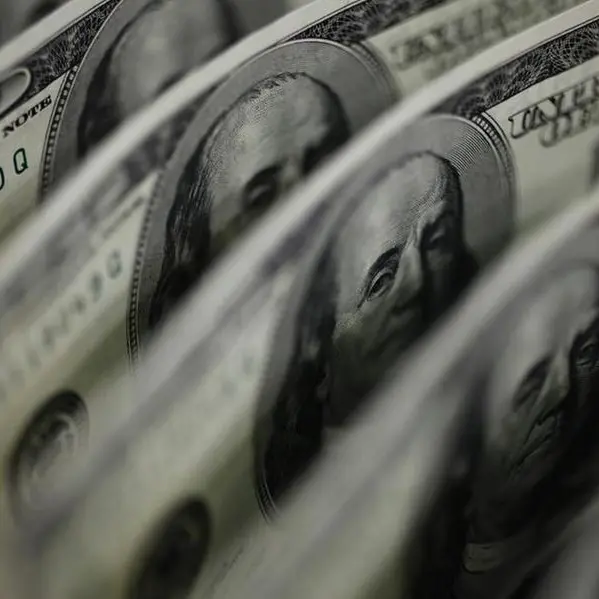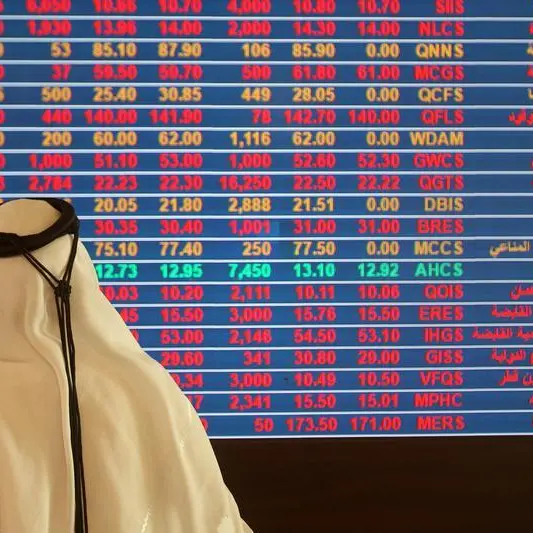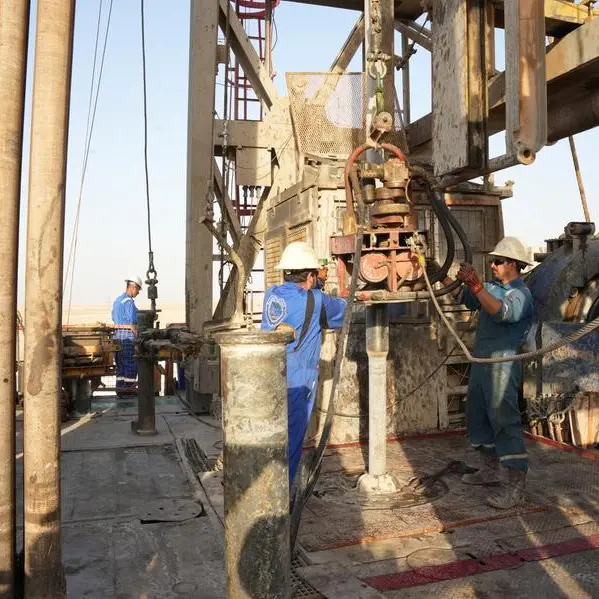PHOTO
(The opinions expressed here are those of the author, a columnist for Reuters.)
LAUNCESTON, Australia - China's stockpiling of crude oil ground to almost a halt in 2021, reversing years of strong increases as the world's biggest importer of the fuel built up strategic reserves.
China likely added about 170,000 barrels per day (bpd) to strategic and commercial inventories last year, down sharply from 1.26 million bpd in 2020.
The scaling back of crude stockpiling means China's role as a major driver of crude oil demand growth may be waning, and imports are likely to become more aligned with its refinery processing rates.
China doesn't disclose the volumes of crude flowing into or out of strategic and commercial stockpiles. But an estimate can be made by deducting the total amount of crude available from imports and domestic output from the amount of crude processed.
Crude imports were 10.26 million bpd in 2021, while domestic output was 3.98 million bpd, giving a combined total of 14.24 million bpd available to refiners.
Refinery throughput was 14.07 million bpd, meaning that refiners processed about 170,000 bpd less than the crude available from imports and domestic output.
This relatively small amount flowing to storage tanks has wider implications for the broader crude market.
If China continues to ease back on buying oil for its reserves, then it's likely that its overall growth in crude imports will be modest.
Imports actually declined in 2021 for the first time in 20 years, dropping 5.4% from 2020's 10.85 million bpd to 10.26 million bpd.
China has accounted for 44% of worldwide growth in oil demand since 2015.
Another factor to consider is that China still added to reserves in 2021, rather than drawing down on some of the massive stockpiling it undertook in 2020, when it snapped up huge volumes of cheap oil during a brief price war between top exporters Saudi Arabia and Russia and as prices slumped amid the initial outbreak of the coronavirus pandemic.
This means China still has all the extra oil it bought in 2020 available to release to its refiners should it choose to try to force prices lower by selling from reserves.
Beijing did sell some parcels of crude from reserves last year as crude prices topped $80 a barrel in October, and with benchmark Brent futures LCOc1 closing in on $90, it's likely official concern over high oil prices is once again mounting.
Brent ended at $86.27 a barrel on Monday and is some 25% higher than the recent closing low of $68.87 on Dec. 1.
IMPORTS GAIN
It appears lower oil prices in November and early December may have boosted China's crude imports in December.
December's customs data showed imports of 10.86 million bpd, up 10.4% from November, with seaborne arrivals from nearby Russia rising to the most since June 2020, according to data compiled by Refinitiv Oil Research.
The rise in imports in December led to crude being added to storages in the month, with the total amount of oil available from imports and domestic output exceeding refinery throughput by 920,000 bpd.
This process may reverse in January, with Refinitiv expecting imports to drop to 9.57 million bpd as refiners constrain processing due to pollution concerns ahead of the Beijing Winter Olympics.
China's imports are normally robust in the first quarter of the year, given that independent refiners have fresh import quotas and generally seek to build up commercial inventories ahead of peak summer demand.
The Olympics may delay this process slightly, but the greater risk to China's imports in coming months is that a combination of high prices and still high inventory levels may lead refiners to limit oil purchases.
(The opinions expressed here are those of the author, a columnist for Reuters.)
(Editing by Richard Pullin) ((clyde.russell@thomsonreuters.com)(+61 437 622 448)(Reuters Messaging: clyde.russell.thomsonreuters.com@reuters.net))












